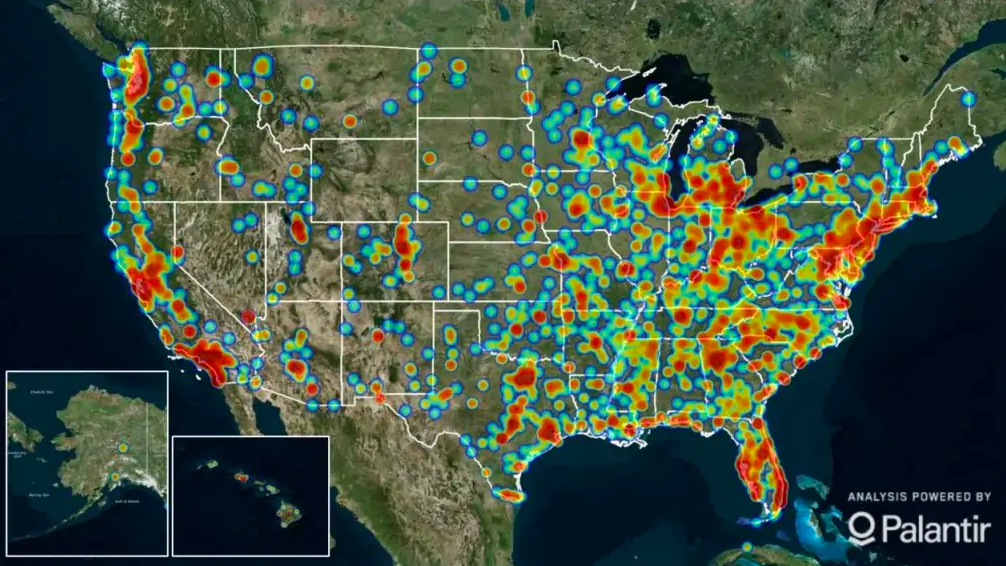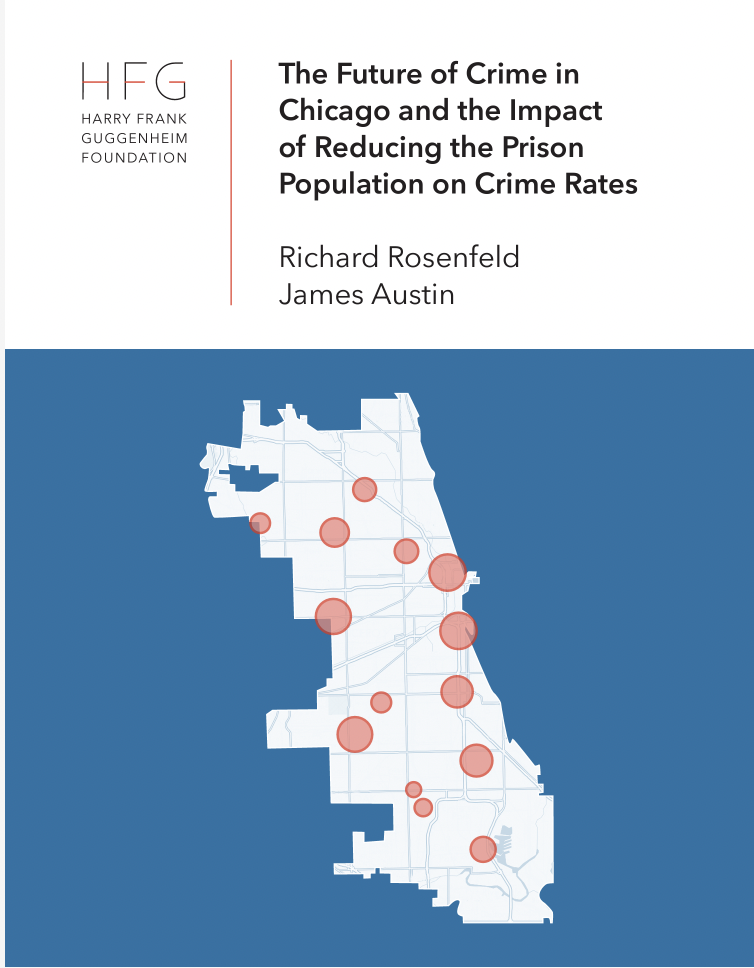By Natalie Townsend
The Australian Government Department of Social Services (2019, p. 60) defines sexual violence as sexual actions without consent, which may include coercion, physical force, rape, sexual assault with implements, being forced to watch or engage in pornography, enforced prostitution or being made to have sex with other people. While there is a growing body of international evidence on sexual violence, its prevalence and impact has not been extensively examined in the Australian context. The existing evidence base is largely limited to data sources that are likely to underestimate the prevalence of sexual violence or to apply only to discrete groups of women (e.g. clinical samples). Further, while international and national estimates of sexual violence prevalence are available, these rarely capture experiences and outcomes across the life span. The Australian Longitudinal Study on Women’s Health (ALSWH) has collected sexual violence data since its inception in 1996 and offers an ideal opportunity to examine sexual violence over the life span. The ALSWH has captured a broad range of data on women’s health, which are crucial for understanding the economic, social, physical and mental health trajectories of women who have experienced sexual violence. This report was developed in consultation with ANROWS to address the limitations of the existing evidence by utilising ALSWH data. Aims The purpose of this report was to assess the prevalence of sexual violence over the life course and the impacts of experiencing sexual violence on health and wellbeing among Australian women using national, longitudinal data. The research had the following specific aims: 1. Determine the prevalence of sexual violence across the life course, including sexual violence experienced in childhood and adulthood, perpetrated both within an intimate relationship and outside of such a relationship. 2. Determine the role of sexual violence during childhood as a risk factor for experiences of multiple forms of violence later in life. 3. Identify the impact of sexual violence on socio-economic factors over time, such as education, paid employment and financial stress. 4. Determine the nature of associations between sexual violence experienced by women at different life stages and subsequent health behaviours. 5. Assess the impact of sexual violence on women’s physical and mental health. 6. Measure health service use in relation to sexual violence, including costs of selected health services and satisfaction with general practitioner services. 7. Identify factors associated with the general health and wellbeing of women who have experienced sexual violence.
Sydney: Australia’s National Research Organisation for Women’s Safety Limited (ANROWS). 2022, 95pg








